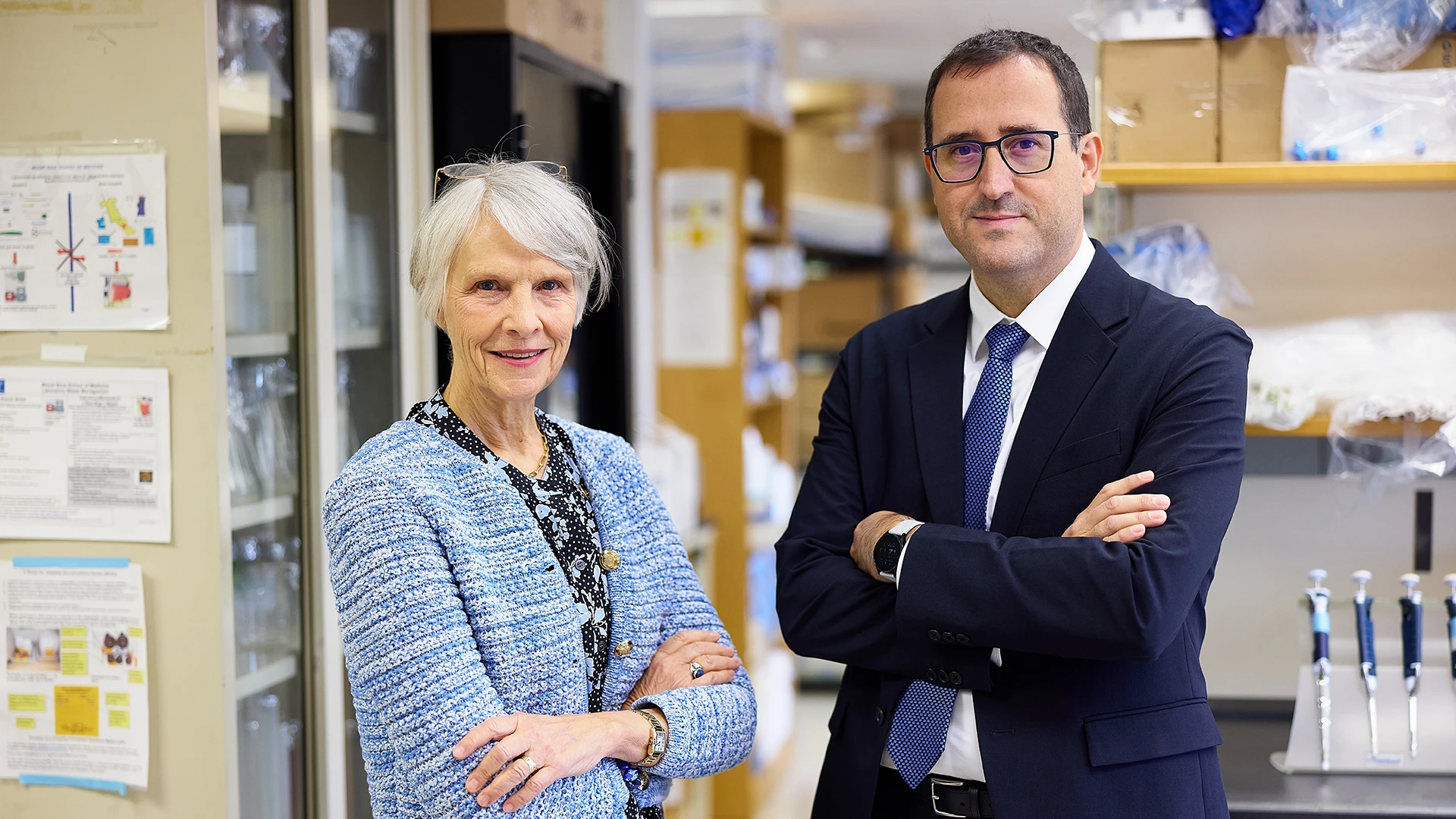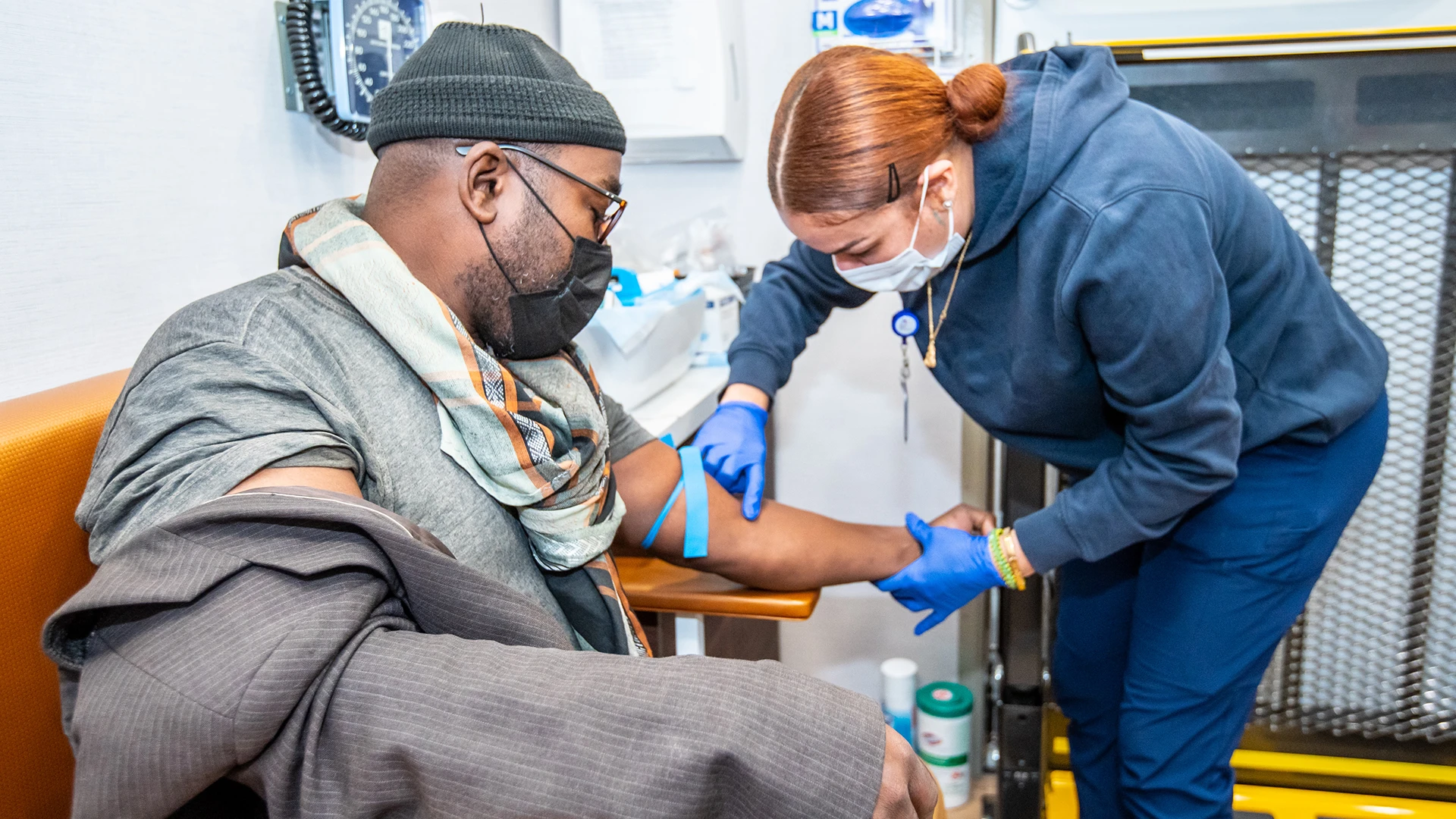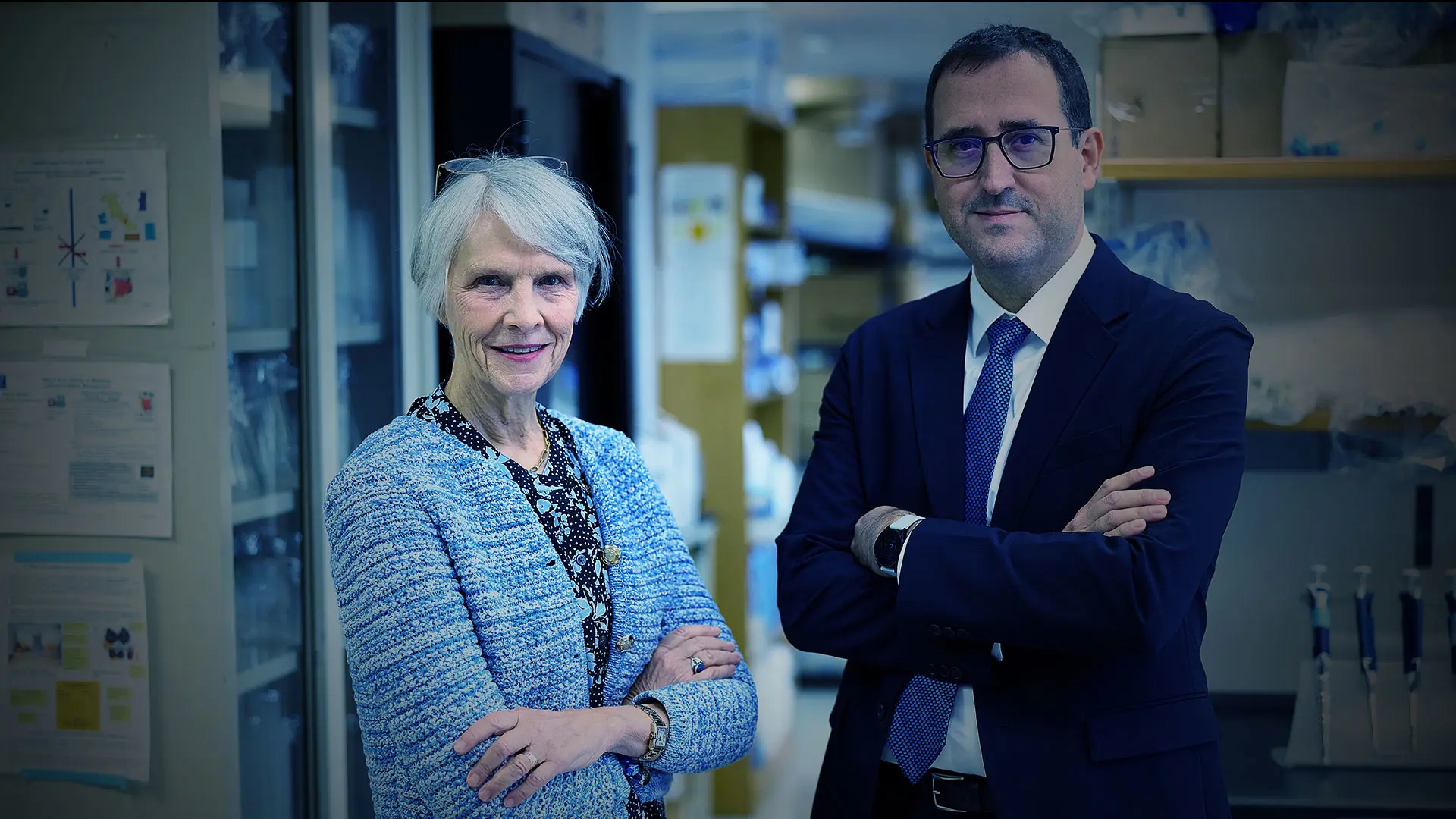Hepatocellular carcinoma (HCC) has a distinctly different clinical profile in Blacks than in other patient groups and, as a result, conventional HCC surveillance guidelines might inadvertently put them at a disadvantage, Mount Sinai researchers have demonstrated.
“Our investigation found that African Americans are less likely to have cirrhosis at the time of liver cancer diagnosis, but are more likely to have larger tumors and tumors that are poorly differentiated and have metastasized, lowering their chances of survival,” says Andrea D. Branch, PhD, Professor of Medicine (Liver Diseases) at the Icahn School of Medicine at Mount Sinai, and a co-author of the study in the journal Cancer. “The challenge for the field is that the HCC surveillance guidelines of the American Association for the Study of Liver Diseases focus on patients with cirrhosis, and with few exceptions they do not endorse surveillance for patients with liver damage that has not yet progressed to cirrhosis.”
Building on the team’s previous investigations of patients with HCC, the latest study reported that a cohort of 390 patients with HCC self-identifying as Black had better liver function than other patient groups, as indicated by lower serum total bilirubin and fewer abnormalities that result from cirrhosis, such as architectural changes in the liver, ascites, splenomegaly, and low platelet count. The researchers further found for the first time that 31 percent of Black patients had a fibrosis-4 (FIB-4) score below 3.25 (the cut-off point for advanced fibrosis/cirrhosis) compared to 18 percent of non-Black patients.
Despite better liver function at the time of liver cancer diagnosis, Black patients were more likely to have HCC that had progressed to a stage where resection and liver transplantation—the only potentially curative treatments—could no longer be offered. Moreover, Black patients had a shorter median survival (18 months) than non-Black patients (30 months), and were less likely to survive five years. “For these reasons, we believe that Black patients with chronic liver disease might benefit significantly from initiating liver cancer surveillance before they develop cirrhosis, allowing for HCC detection at an early and curable stage,” Dr. Branch stresses.
Another significant benefit to patients, she explained, could come from proactively diagnosing and treating the underlying liver disease, thus reducing the risk of HCC. For example, hepatitis C, the most common cause of death from HCC, should be treated with antiviral drugs. Dr. Branch elaborates: “Liver cancer is largely preventable, but we need to improve the uptake of treatments for viral hepatitis and help patients make the lifestyle modifications that reduce liver injury. These modifications could include dietary changes, less alcohol consumption, smoking cessation, and more physical activity.”
From a research standpoint, Dr. Branch cites the urgent need for more detailed studies to determine if HCC in Black patients carries distinct mutations or immunologic features that could be targeted with new precision therapies. And no less critical, she adds, is the need to “better understand and correct the social and economic barriers that stand in the way of minority populations getting the surveillance and follow-up treatment they need to reduce their inordinate burden of liver disease.”

Andrea D. Branch, PhD, and Augusto Villanueva, MD, PhD, are taking different approaches to improving liver cancer screening for underserved populations.
Enter Augusto Villanueva, MD, PhD, Associate Professor of Medicine (Liver Diseases, and Hematology and Medical Oncology) at Icahn Mount Sinai, who is committed to raising awareness and detection of liver disease among underrepresented minorities, including Hispanics, by taking his message directly to the community. He is ironing out the operational details of launching a fully equipped mobile van where residents of areas known to be disease hot spots could get screened for hepatitis C and B as well as for nonalcoholic fatty liver disease.
“There is strong evidence that Hispanic patients have higher rates of advanced liver disease than white patients, yet lower rates of being diagnosed at a stage when the tumor could potentially be cured,” says Dr. Villanueva. “That’s why it’s so important they be screened early for different forms of the disease. And this could be done by clinicians on a mobile van through a simple blood test or a FibroScan®, which tests for scarring of the liver and lets us know if the patient has cirrhosis.”
The model for this budding effort is the Mount Sinai Robert F. Smith Mobile Prostate Cancer Screening van, which brings diagnostic teams and surveillance tools directly to neighborhoods in Harlem, the Upper East Side of Manhattan, and Queens. Dr. Villanueva is working closely with Lina Jandorf, MA, Director of Cancer Community Outreach for Icahn Mount Sinai, to organize a similar program focused on free liver disease testing and early detection in targeted communities.
“We’re learning a lot from the experience of the Mount Sinai prostate van, and hope to send our own van out starting next year to identify at-risk patients,” reports Dr. Villanueva. “The goal is to raise awareness of people in the community around the need for proactive screening for liver cancer and follow-up care, and we believe that a professionally staffed mobile van could be a critical part of that discussion.”

The Mount Sinai Robert F. Smith Mobile Prostate Cancer Screening Van is a model for a proposed liver cancer screening program.

The van brings screenings to neighborhoods that are at especially high risk for cancer.
